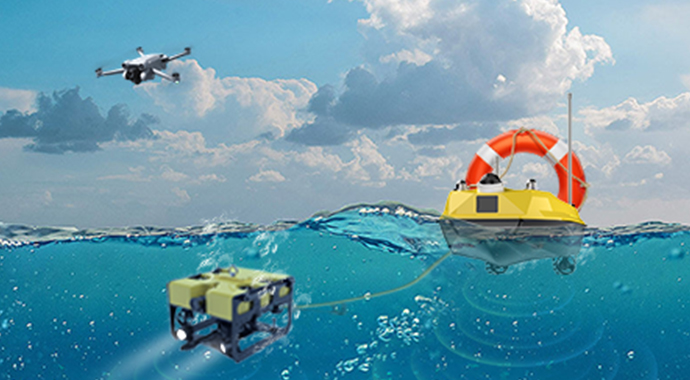Human-occupied Vehicles
To study our ocean, scientists sometimes find they need to physically be in the water. However, crushing pressures and cold temperatures make deep-sea exploration impossible for scuba divers. Human-occupied vehicles (HOVs) work around this problem, making the impossible a reality. HOVs are submersibles that bring a small group of scientists, pilots, and electronic equipment down in the water column and onto the seafloor, allowing in-person research and observation.

deep-sea manned submersible JiaoLong
How does it work?
HOVs contain compact pressure hulls with a window that allows a small team of researchers and pilots to see into the water. HOVs use lights, cameras, sensors, and manipulator arms to observe and collect biological and geologic samples. HOVs also have thrusters to maneuver over rugged topography and hover above the seafloor. Buoyancy packs help keep the vehicle light, which allows the HOV to easily ascend at the end of the dive.
Why is it important?
ROVs provide scientists exceptional access to the deep ocean. The ability of ROVs to dive for extended periods makes them a versatile tool for achieving ocean exploration objectives, yet there are still significant technological advancements being made to ROVs. Brighter lights, increased data storage, and higher-quality cameras continue to be implemented in ROV updates to pave the way for a better-understood deep sea.

